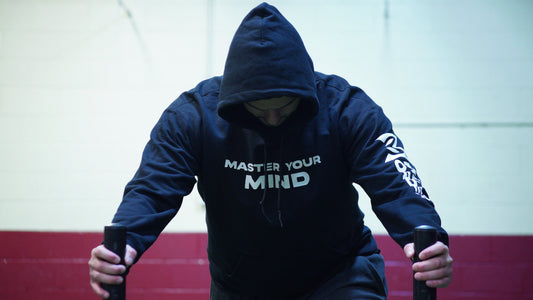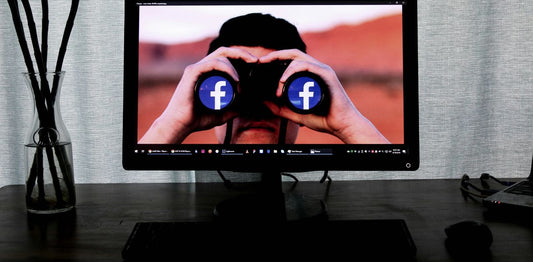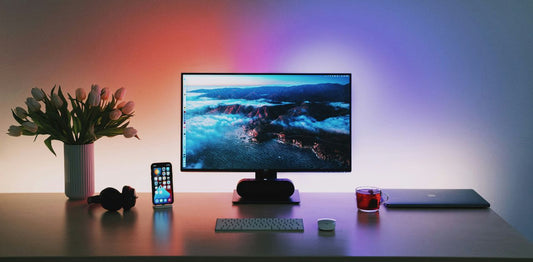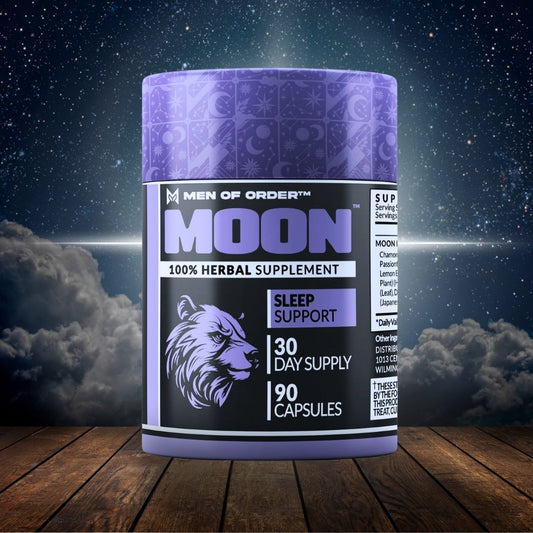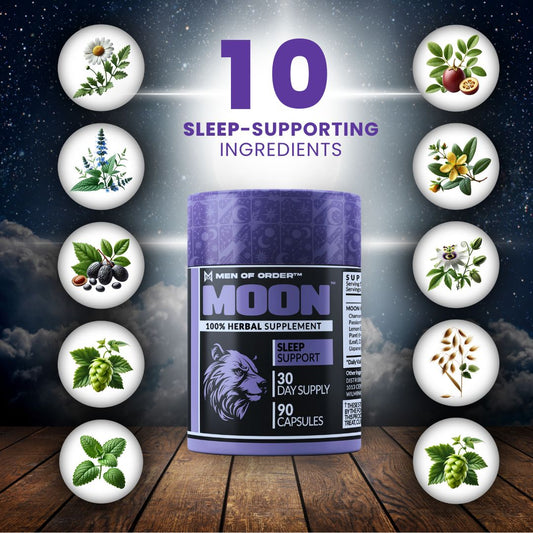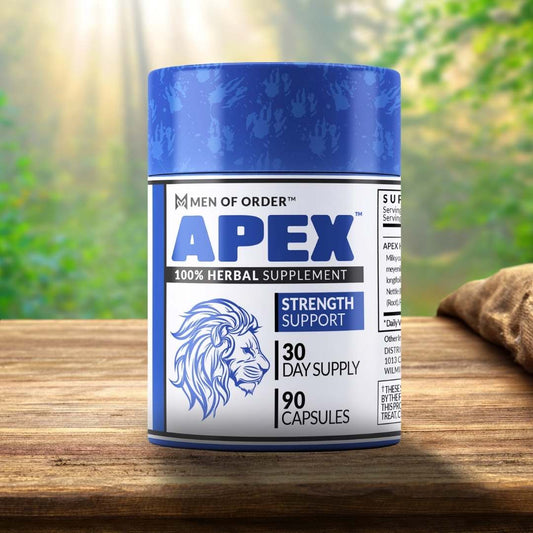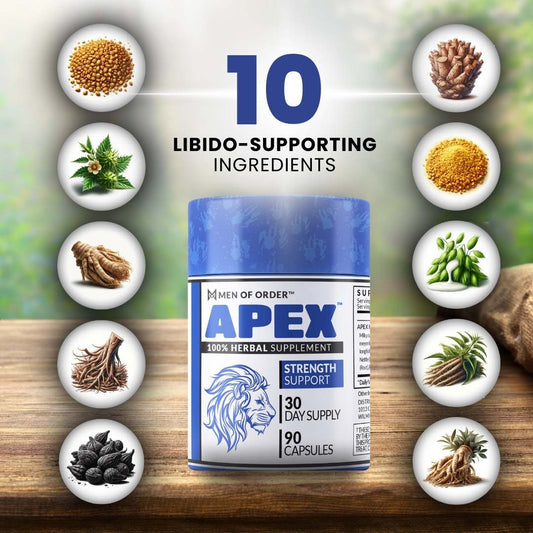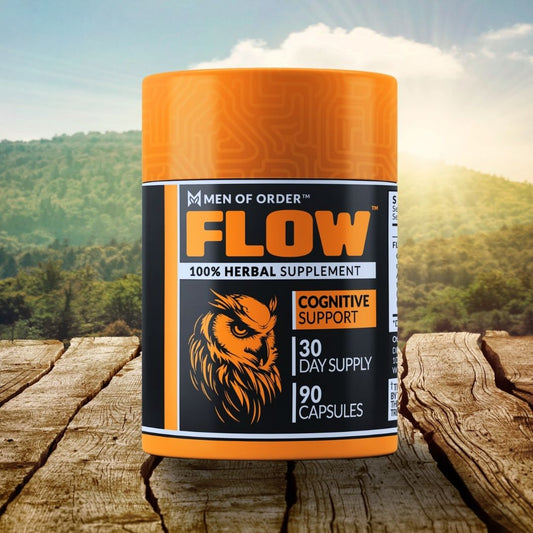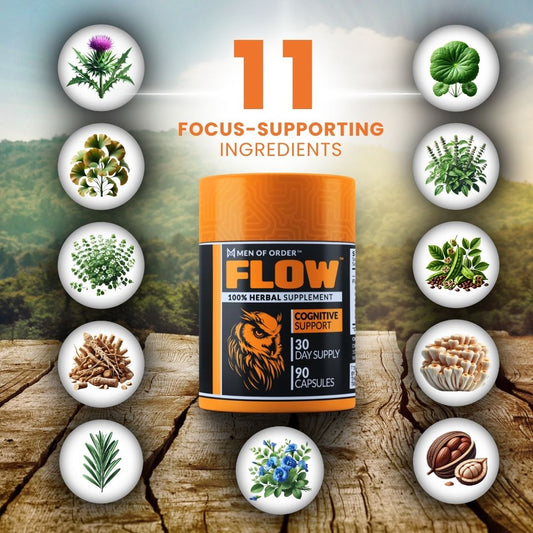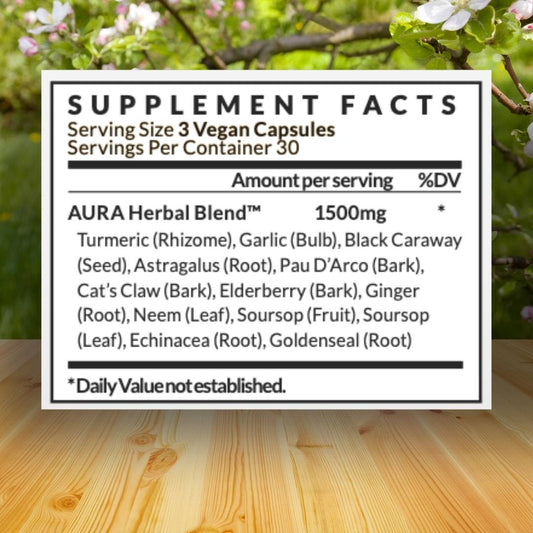Now that you've gotten your streaming PC, it's time to take things to the next level. Here are some easy stream optimization hacks to improve stream quality.
Resolution
Resolution is one of the most important settings for quality live streams because it impacts the visual quality and clarity of your stream. These are the dimensions of your video frame.
Whichever you choose, ensure your camera is compatible, your connection is strong, and your viewers' hardware can handle those settings.
Here are some common resolutions you can try:
- Standard Definition (SD): If you have an older camera or slow connection, SD is a good option. It's not as sharp, but if you care more about people hearing you than seeing you, it's a good backup plan.
- High Definition (HD): HD resolutions - 1280x720 (720p) and 1920x1080 (1080p) are ideal resolutions for most streamers. You'll get clear images and fine details.
- Ultra High Definition (UHD): If you don't accept anything but the best - UHD or 4k resolution (3840x2160) might be for you. This works best when displaying content on larger screens or high-resolution displays.

Bitrate
Bitrate is the data transmitted per second - usually measured in Kbps or Mbps. This impacts the quality and smoothness of a live stream.
Selecting the right bitrate is crucial; you have to find the balance between good video quality and making sure that the viewers can watch your streams easily.
These are some things you should look for when picking bitrate:
-
Internet: Can your connection handle high bitrates? Can your viewers' connection handle it? To limit buffering, make sure your bitrate isn't higher than your upload speed.
- Resolution: High resolutions mean higher bitrates. 720p streaming bitrate is around 1500-4000 Kbps, and 1080p is around 3000-6000 Kbps.

Frame Rate
Frame rate determines how smoothly motion is displayed in your stream. Depending on what you're doing, viewers may or may not be engaged by what they're watching.
Whatever frame rate you choose, make sure it isn't too demanding for your computer and internet connection. Balance is key.
Here are some normal frame rate settings:
-
24 fps (Frames Per Second): Use this if you want a more "film" look. This may be better for prerecorded video content.
- 30 fps: This is the most common frame rate for live streams. It's smooth and natural-looking, plus it saves some bandwidth.
- 60 fps: Gamers should opt for this, or anyone who streams content that has fast-paced action, or precise motion rendering. Keep in mind this option will require more bandwidth.

Wrapping Up
Pick a resolution that's clear and crisp, but also manageable to see on multiple devices.
Make sure your bitrate is solid but doesn't kill your internet, or your audiences'.
Strive for a stable FPS anywhere between 30-60 fps. Once you feel you have the right mix, try some test streams.
Tweaking these settings is mentally exhausting sometimes. Use FLOW.
It's a 100% herbal mix designed to improve: memory retention, brain health, mood, energy levels, and gut health.







